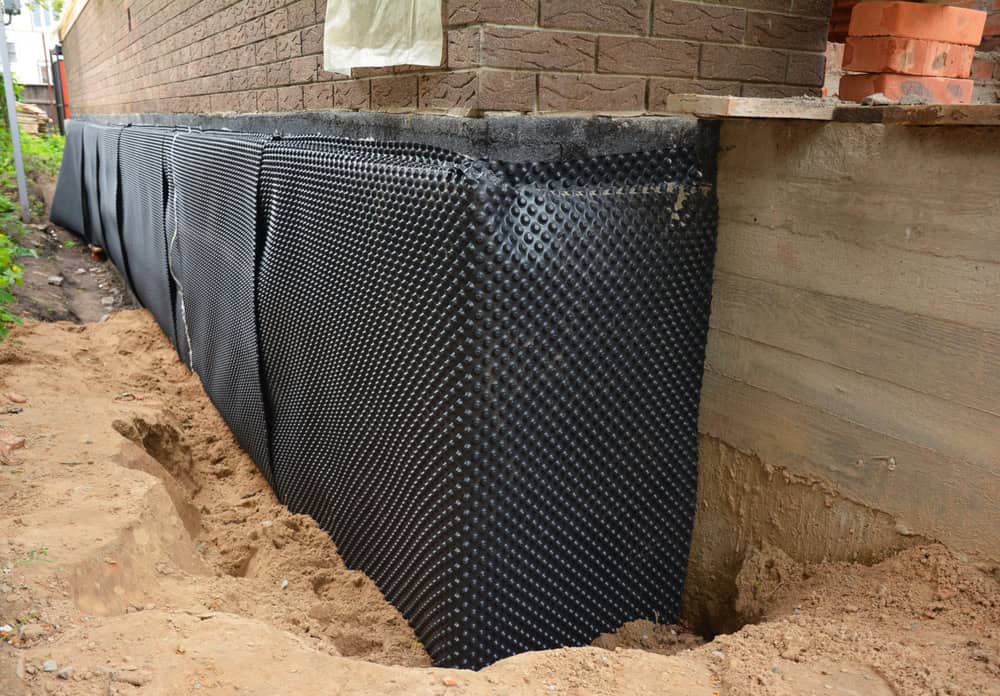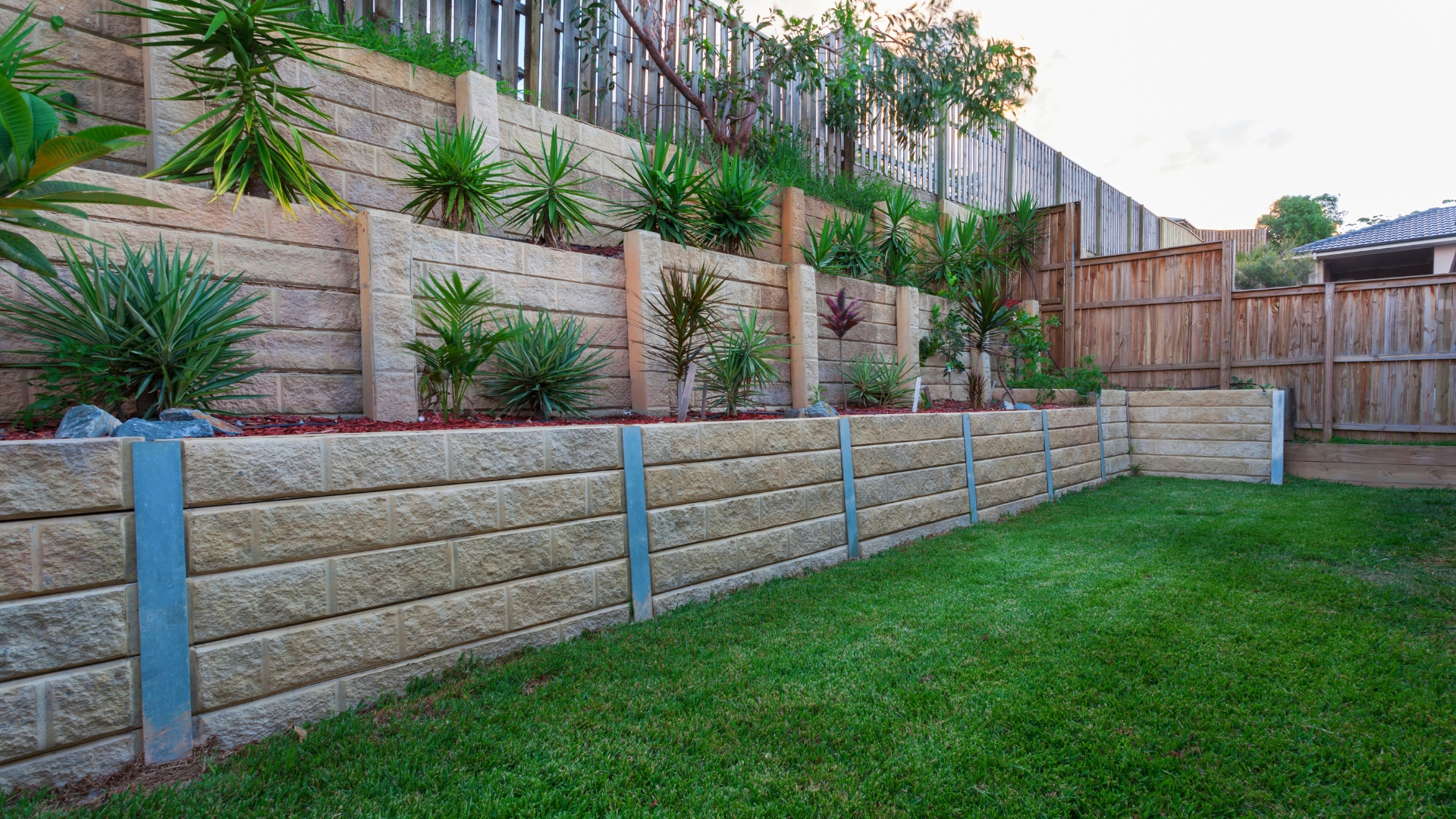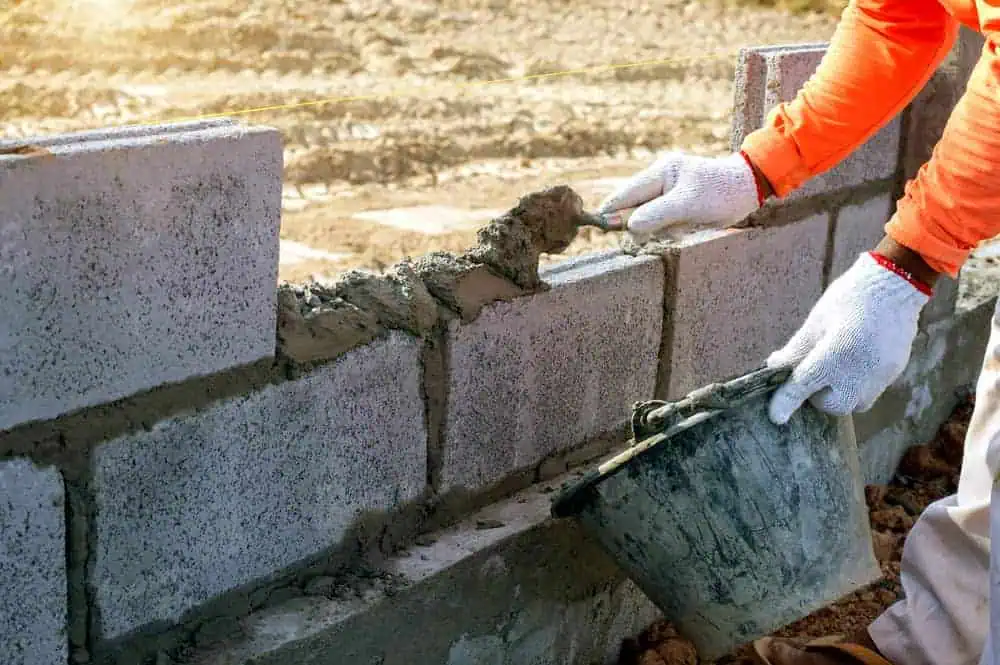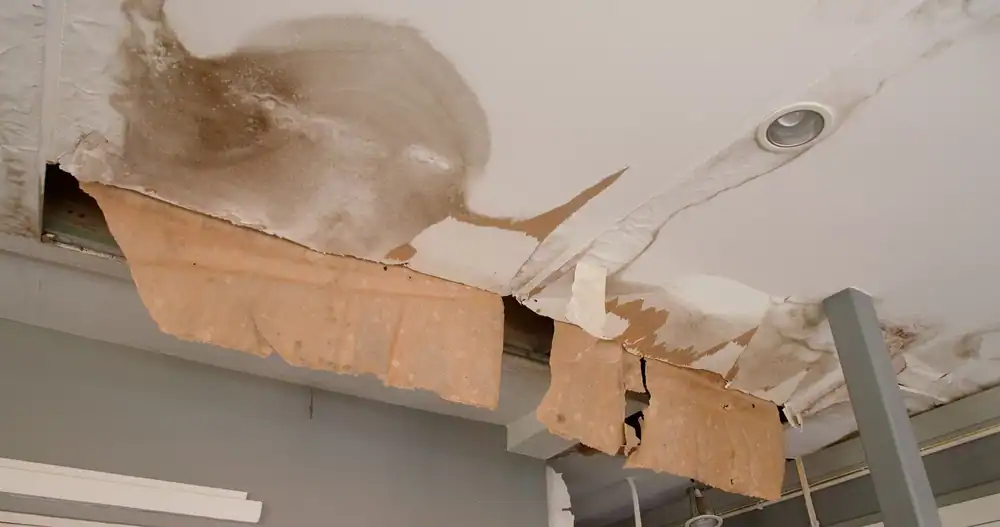Summary:
Why Massachusetts Winters Demand Foundation Waterproofing
Winter can be harsh on a home’s foundation, as snow and ice buildup around your property can lead to serious structural issues if not managed properly. From snowmelt seepage to soil expansion, cold-weather conditions put added pressure on foundations, often leading to cracks, leaks, and other costly damage.
Massachusetts weather creates a perfect storm of foundation threats. Your home endures months of freezing temperatures, heavy snow accumulation, and rapid spring thaws that send water rushing toward your foundation walls. Then add those brutal Boston winters where everything freezes and thaws repeatedly – it’s no wonder foundations crack and leak!
The challenge becomes even more complex when you consider that most local homes weren’t built with modern waterproofing standards in mind.
The Hidden Threat of Massachusetts Clay Soil
Boston dirt is packed with clay that gets bigger when wet and smaller when dry. This puts pressure on your foundation walls all the time. Clay doesn’t let water drain through, so it stays damp and keeps pushing against your basement walls.
This clay soil creates a year-round challenge that becomes critical during winter months. Winter makes everything worse because wet clay freezes and gets even bigger. When spring comes, everything thaws and moves around, creating new cracks in your foundation.
The constant expansion and contraction puts tremendous stress on foundation walls. Water that seeps into tiny cracks during fall freezes and expands during winter, widening those cracks significantly. We see this happen every single year – foundations that looked fine in the fall have new cracks by spring. Water gets into tiny cracks, freezes at night, and splits the crack wider open.
Many homeowners don’t realize this damage is happening until they discover water in their basement during spring thaw. By then, what started as a minor crack has become a major water intrusion point requiring extensive repairs. Professional waterproofing addresses these issues before they become costly emergencies.
Why Older Massachusetts Homes Face Greater Risks
If you own a home built before 1960, you’re dealing with additional challenges that make waterproofing even more critical. Most Boston homes went up in the 1800s and early 1900s, way before anyone cared about dry basements. These old foundations are made of stone or brick with no waterproofing at all. The cement between the stones falls apart after 100 years of freezing and thawing every winter.
These historic foundations were built during an era when basements were expected to be damp. We see this same problem in Victorian houses in Jamaica Plain and old three-family homes in Somerville. Back then, people just expected basements to be wet and didn’t know how to fix them.
The construction methods of that era create specific vulnerabilities. Many foundations don’t go deep enough into the ground, so they move and crack when the soil freezes. Basement floors are often just dirt or thin concrete that can’t stop water from coming up from underneath.
Modern waterproofing techniques can retrofit these older foundations with contemporary protection systems. This includes sealing stone and brick walls, installing proper drainage, and creating barriers that prevent water intrusion while preserving the historic character of your home.
Professional Foundation Waterproofing Methods That Work
Effective foundation waterproofing requires a comprehensive approach that addresses your home’s specific challenges. Professional contractors use proven methods that go far beyond simple crack sealing or basement coatings.
The most effective solutions combine multiple techniques: exterior waterproofing to prevent water from reaching your foundation, interior drainage systems to manage any water that does penetrate, and proper grading to direct water away from your home. Each method serves a specific purpose in creating a complete moisture management system.
Exterior vs Interior Waterproofing: Understanding Your Options
Exterior waterproofing is often more labor-intensive, as it involves excavating around the foundation and applying sealant to the exterior of the basement walls. This method is highly effective for preventing water issues caused by a high water table or heavy rainfall, but it comes with a higher price tag, often ranging from $8,000 to $15,000. Despite the higher initial cost, exterior waterproofing is a long-term solution that can prevent structural damage and eliminate basement leaks.
Exterior waterproofing tackles the problem at its source by creating a barrier between your foundation and the surrounding soil. This approach is particularly effective for Massachusetts homes because it addresses the clay soil pressure and prevents water from ever reaching your foundation walls.
Interior waterproofing systems work differently, managing water that has already entered your basement area. Interior waterproofing systems, such as French drains and sump pumps, can effectively manage water that enters your basement. These systems typically cost less upfront but require ongoing maintenance to remain effective.
The best approach often combines both methods. Exterior waterproofing prevents most water intrusion, while interior systems provide backup protection during extreme weather events. We can assess your specific situation and recommend the most cost-effective combination for your home.
Modern Waterproofing Technology and Materials
Today’s waterproofing materials and techniques far exceed what was available even a decade ago. Advanced membrane systems create seamless barriers that can withstand decades of freeze-thaw cycles. We use specialized products designed for cold-weather applications, allowing us to repair cracks even in low temperatures. Our team focuses on injecting epoxy or polyurethane foam into the cracks, which helps seal them from the inside out. These materials expand within the crack to form a watertight barrier, preventing further damage from freeze-thaw cycles.
Professional installation makes all the difference in performance and longevity. Experienced contractors understand how different materials perform in Massachusetts conditions and can select the right products for your specific foundation type and soil conditions.
Vapor barriers, drainage boards, and modern sealants work together to create multiple layers of protection. Installing solutions such as sump pumps, interior drainage systems, and vapor barriers can safeguard your property from the risks of flooding. Sump pumps automatically remove water as it accumulates, while interior drainage systems like French drains direct water away from your foundation to prevent seepage. Vapor barriers offer an additional layer of protection by preventing moisture from penetrating basement walls and floors.
Quality installation also includes proper drainage design that accounts for your property’s unique characteristics. This ensures water moves away from your foundation efficiently, even during heavy spring melts or severe storms.
Foundation Waterproofing Investment and Return
Professional foundation waterproofing represents one of the smartest investments you can make in your Massachusetts home. Recent data suggests homeowners can anticipate an ROI of around 30% on basement waterproofing. Not only are you likely to recover the money spent, but you also potentially profit from the investment.
Beyond the financial return, waterproofing provides invaluable peace of mind during every storm and spring thaw. You’ll sleep better knowing your foundation is protected, your family is safe from mold and moisture issues, and your home’s structural integrity remains intact.
When you’re ready to protect your Massachusetts home with professional foundation waterproofing, we bring over 30 years of local experience to every project. Our comprehensive approach addresses your home’s unique challenges while providing the quality workmanship and warranties that give you confidence in your investment.




